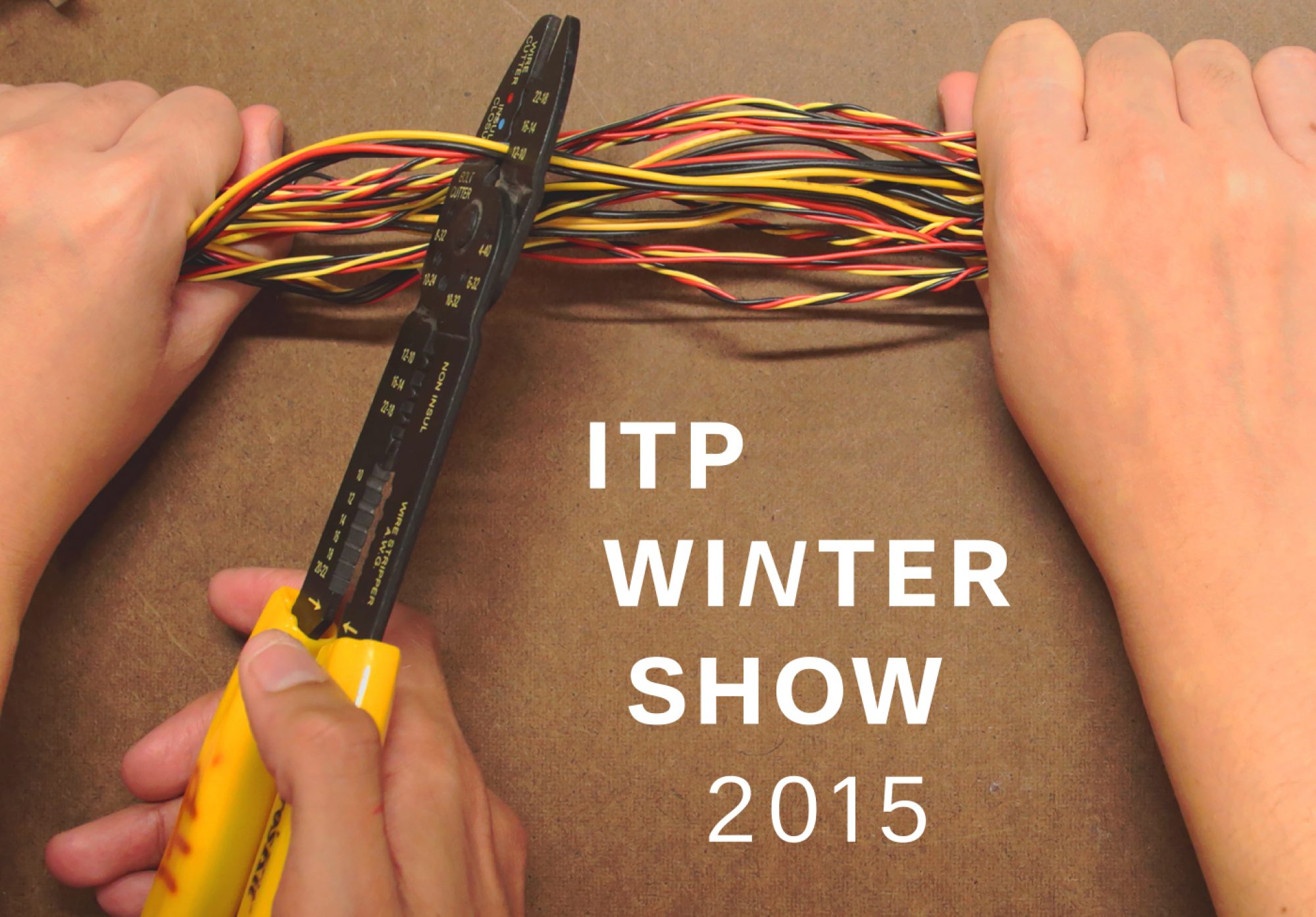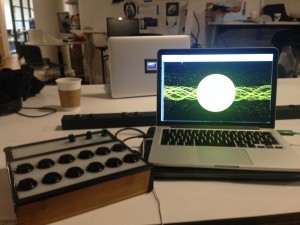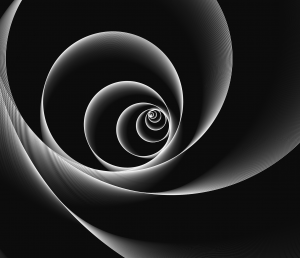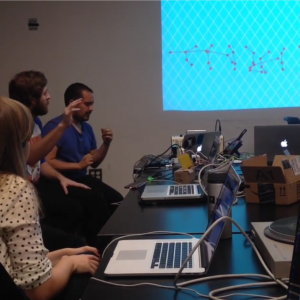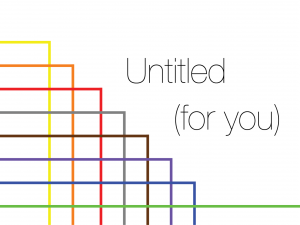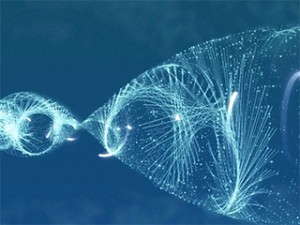Nicola Carpeggiani
An audio workstation that allows the user to create music and sound related visuals.
http://www.nicolacarpeggiani.com
Description
For my final project, I decided to make music combining p5 coding and physical computing and creating a software/hardware controller that allows music producers as me, to create musical loops, play or mute them and add sound effects to them , as delay and reverb, to every single sound. The user can control the workstation by an Arduino based controller. In addiction, the projects allows the user to also create some music related visuals to be projected on a big white surface. Every single sound is represented separately on the screen and this represent the power of the project However, for this show, I would show my project on a quite big screen wired to my laptop and headphones, instead of using speakers and projector, to save space and allows the user to listen to the sounds clearly.
Classes
Introduction to Computational Media, Introduction to Physical Computing
